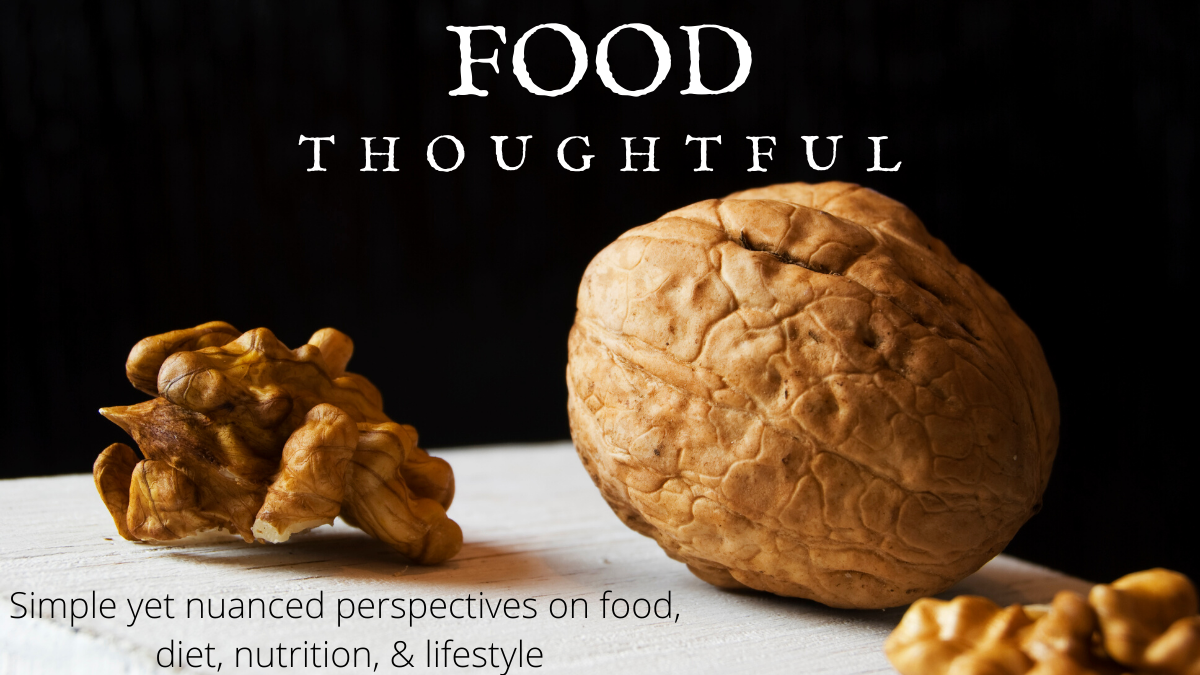In order to actively improve our health, we should be actively seeking out foods that improve our health. So, rather than follow a long list of foods to avoid, let’s think in terms of foods to include in our diet. For heart health, this tends to mean we actively include certain kinds of fats and foods with plenty of fiber.
Generally, I like to think of foods by their primary macronutrients. So, rather than the conventional food pyramid, I group foods as:
- Fats
- Proteins
- Carbohydrates
- Non-Starchy Vegetables
Fats
When it comes to foods rich in fats, we should be focused on certain types of fats. These mostly come from whole plants and fish. For more details, check out a preview of our “Fatty Food For Heart Health” brochure below.
Proteins
When it comes to eating foods rich in proteins for heart health, we are still mostly concerned with fat. The fats that come with those proteins are what we care about to improve our heart health. As discussed above, most of the fats we want come from plants or fish, so we want to include plants, fish, and poultry or meat products that have little fat to them.
For more details, check out this preview of our “Protein-Rich Foods for Heart Health” brochure below.
Carbohydrates
Some people associate carbohydrates with starchy foods like breads and pastas. Others may think sugars, sweet foods and drinks, and desserts when they hear carbohydrates (or “carbs”). In reality, carbs include a number of types of foods, including whole plant foods and highly refined sugars and starches. The primary food sources of carbohydrate include:
- Fruits
- Berries, apples, pears, bananas, etc.
- Whole grains
- Wheat, barley, rye, oats, quinoa, whole grain breads and pastas, etc.
- Starchy vegetables
- Potatoes, peas, corn, winter squash
- Legumes
- kidney beans, pinto beans, black beans, chick peas, lentils, etc.
- Added sugars
- Sugar added to drinks or prepared foods, dessert items
- Refined or “Processed” starches
- Breads and pastries using enriched flour (aka “white” flour) or cake flour, pastas using enriched flour, white rice

What is the difference between our whole grains and refined starches?
Whole is the important word here.
When we use the whole grain, we include the husk (the fibrous shell), the germ (a vitamin and mineral dense portion), and the endosperm (the starchy portion).
When grains are refined, only the endosperm (starchy portion) is usually used.
So, when we use the whole grain, we get the benefits of the vitamins, minerals, and fiber of the grain.
Choosing carbs that can improve your heart health is wonderfully simple: choose whole plants as much as possible. These whole plant foods can be dense in a variety of vitamins, minerals, and phytonutrients. Phytonutrients are not considered necessary for life, but can be beneficial to health, and are usually related to the color of the plant.
On top of those extra micronutrients, whole plant foods provide plenty of fiber. Most people probably think of fiber to help with constipation and other digestive problems. Yet, diets rich in fiber are consistently linked with better heart health and reduced risk of cardiovascular disease.
Most people tend to need to limit the amount of added sugar and refined starch in their diet to improve heart health. This does not make sugary foods or “white” bread the enemy. But, eating foods rich in added sugar or refined starches, like many pre-prepared foods and dessert foods, can cause issues in controlling body weight or replace more nutrient dense foods like fruits, vegetables, and whole grains. While doughnuts and pie are delicious to enjoy from time to time, we all probably know they aren’t considered health foods.
Check back later for a preview of our “Carbohydrate-Rich Foods for Health Health” brochure.
Non-Starchy Vegetables
Now, this one is delightfully simple. Eat your veggies.
To be a bit more specific, non-starchy vegetables include basically all vegetables that are not in the potatoes, peas, corn, winter squash, and legumes families. So, nearly all the veggies from Alfalfa to Zucchini.
Non-starchy vegetables are dense in vitamins, minerals, and phytonutrients. Plus, they all have at least a small amount of fiber, and plenty of water.
They also are very low in Calories based on their volume. For example, a full cup of chopped carrots has only 53 Calories. Spinach is even lower in Calories, at only 7 Calories per full cup of raw spinach or 41 per cup of cooked spinach.
Calorie content is not directly important for heart health, but maintaining a healthful body composition is. Because of the low Calorie density of non-starchy veggies, diets rich in non-starchy vegetables tend to lead to more healthful body composition.
So, diets rich in non-starchy vegetables provide micronutrients and fiber that can directly improve heart health as well as improving body composition, which is also important for heart health.
Check back later for a preview of our “Non-Starchy Vegetables for Health Health” brochure.
Conclusion
Eating for heart health does not require a laundry list of foods not to eat. In fact, I propose the opposite.
Eat for heart health by looking at a laundry list of delicious foods to enjoy regularly. Fill your plates with your favorite fruits and vegetables, your choice of proteins like fish, chicken, yogurt, or beans, and a bit of carbs like potatoes, whole grain pasta, or oats. Then, you can think about indulging in the occasional food that doesn’t quite fit our list.
With that in mind, I am looking forward to Amanda’s homemade pizza tonight with a glass of red wine.
Thanks for reading,
Kevan








One thought on “Eating for Heart Health and Reducing Cardiovascular Disease Risk”